Outdated Etiquette Rules Of The Past
It’s time to leave outdated etiquette rules of the past where they belong! From an excessive amount of cologne to the way you hold your fork, the Victorian era was full of stringent etiquette rules that are now seen as outdated and unnecessary. Why waste your time by following etiquette that no one expects?
Uncover the forgotten etiquette rules you don’t need to follow anymore and free yourself from social rules that no longer apply. It’s time to embrace more modern etiquette and discover the freedom of being yourself!
Avoid Unpleasant Fragrance Experiences: Use Subtle Cologne Application
Long gone are the days when following Victorian etiquette rules meant wearing just a dab of cologne. In the past, too much of a good thing could lead to serious social consequences. Today you can feel free to spritz away without fear of disapproval.
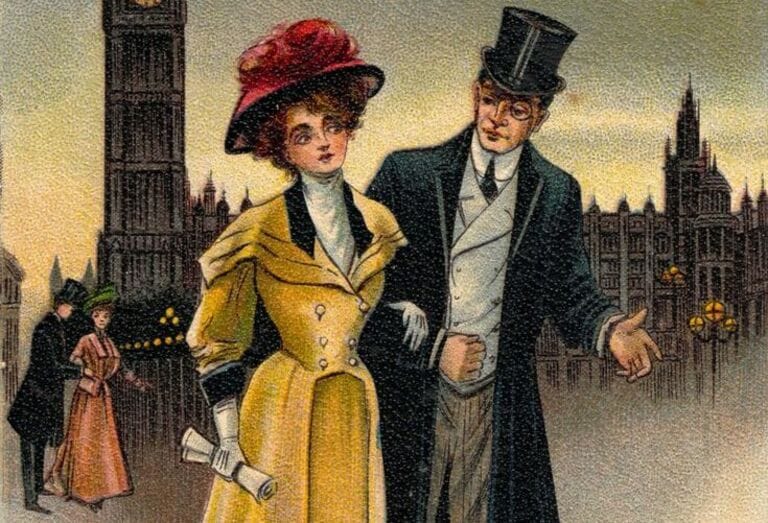
Source: Wikimedia Commons
Why not take advantage of your newfound freedom and show off your signature scent? With a little bit of confidence and the right amount of cologne, you can make a lasting impression.
Break Free from Victorian Dining Etiquette and Spice Up Your Dinner Parties!
Do you find dinner parties boring? If you’re still adhering to the Victorian-era etiquette of only speaking to the people on your right, it’s no wonder! In the Victorian era, dinner parties were a popular way to socialize, but conversation was far from flowing.

Source: Screen Themes/YouTube
Guests had to wait for the serving staff to bring the food before they could even start talking, and men were only allowed to talk to the women sitting to their right. Talk about stifling! But times have changed. Now, you can make your dinner parties come alive with meaningful conversations that span the table.
Unbelievable Victorian Etiquette Rules for Bridesmaids
In the Victorian era, etiquette was a must for any wedding. According to an etiquette handbook, a bride had to have bridesmaids of a similar age. No wrinkles allowed! Any woman over a certain age was considered unsuitable to stand next to the bride. These rules might seem strange today, but back then it was a very serious matter.
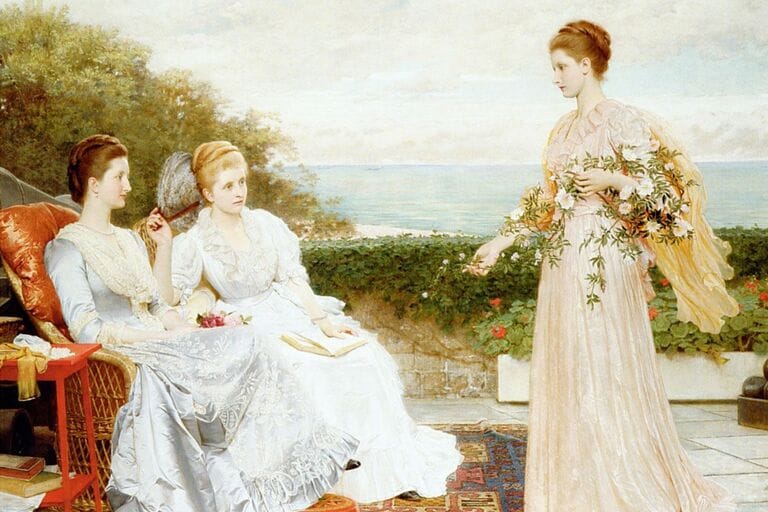
Source: PxHere
Bridesmaids had to match the bride in every way. That meant the same age, same height, same dress, and same hairstyle. Such rules seem quite outdated, but at least they make for an interesting historical lesson!
Fun Outdoors? No Way!
It’s hard to believe, but there was a time not too long ago where women were expected to keep their joy and laughter behind closed doors. In the early 20th century, it was considered inappropriate for women to have fun and enjoy themselves outdoors.
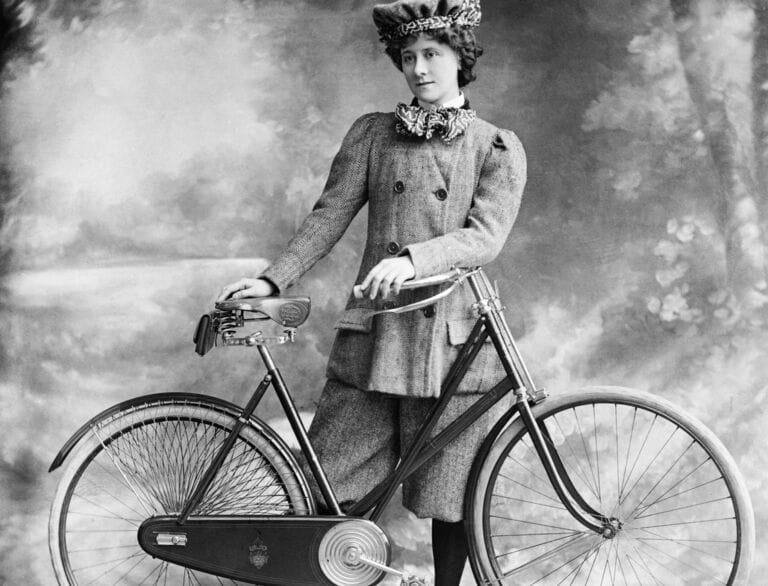
Source: London Stereoscopic Company/Hulton Archive/Getty Images
A walk in the park? Sure. Anything else like laughing, talking, and having a good time with friends? That was definitely frowned upon. The strict social rules of the time meant that women had to be demure and respectful in public, reserving the real fun for private moments. Thankfully, times have changed and women now have the freedom to express themselves and enjoy life without boundaries.
Don't Throw Yourself in Public: The Etiquette of Sitting According to Emily Post
In 1922, Emily Post, one of the most renowned authorities on etiquette, wrote Etiquette in Society, in Business, in Politics, and at Home. In it, she explained why you should never throw yourself in a reclining chair or on a sofa when in public.
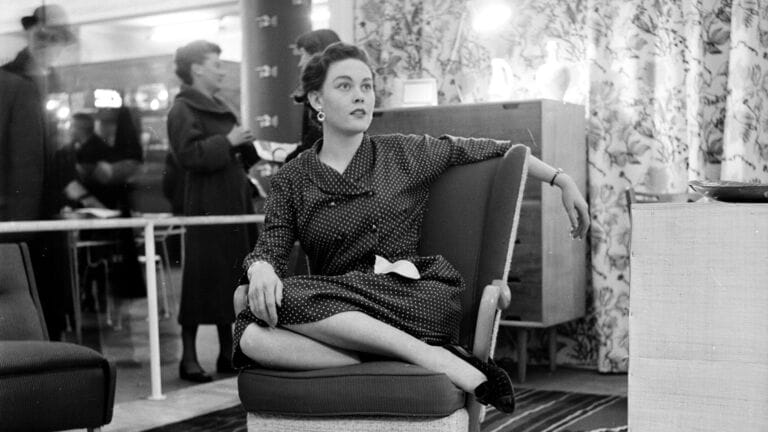
Source: Haywood Magee/Picture Post/Hulton Archive/Getty Images
According to Post, “Everyone, of course, leans against a chair back… but a lady should never throw herself almost at full length… when she is out in public.” The next time you’re in a social setting, remember to sit up straight and keep your back supported. After all, Emily Post said so!
Sing Your Heart Out at a Victorian Party
Ditch the karaoke night and head back to the Victorian era where singing was an art form! At a Victorian party, singing was a momentous affair, with ladies expected to perform “one or two songs” and no more, according to A Hand-Book of Etiquette for Ladies.
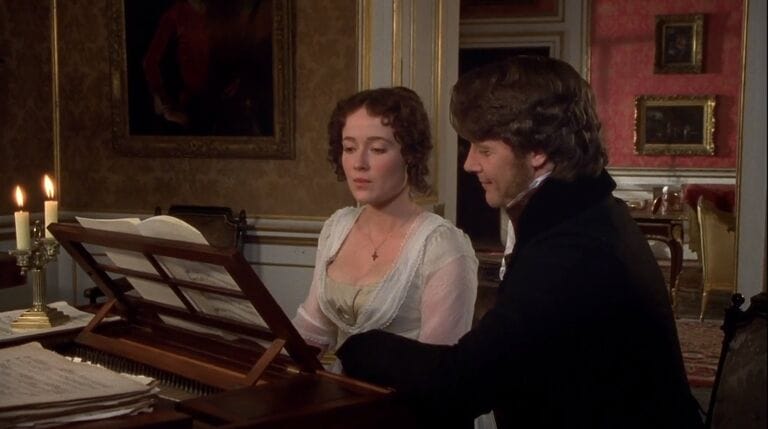
Source: basketca2/YouTube
If you want to show off your singing prowess, a Victorian party is the perfect place to do so. Sing your heart out and make the most of this enchanting experience.
How to Tactfully Toot Your Own Horn?
Etiquette guides for ladies warned against introducing your own affairs for the amusement of the company. What if you still want to make sure that your accomplishments don’t go unnoticed?
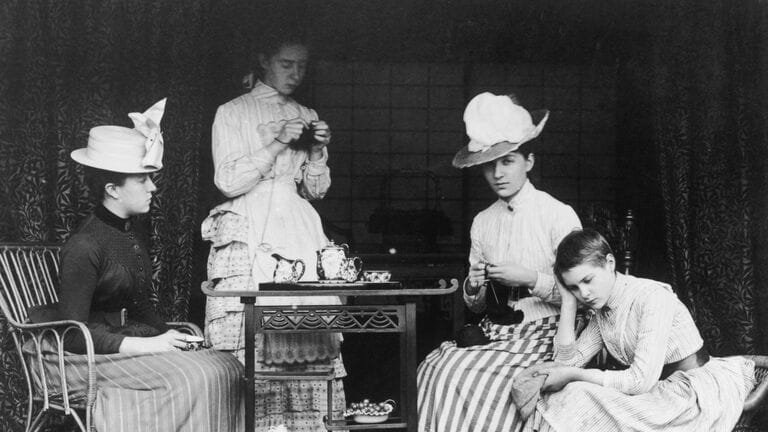
Source: Photo by Hulton Archive/Getty Images
There’s no need to overdo it or seem boastful. Instead, be subtle yet confident in your words and approach. Talk about your successes in a humble way and give credit to those who helped you along the way. Remember, having grace and humility can take you a long way.
Rediscovering a Strange Etiquette Rule from the 1960s
It was the 1960s and the experts had an interesting etiquette rule: use your right hand for social interactions, and your left for personal use, such as coughing. It might seem strange, but hygiene was a priority back then and this was their way of keeping people safe.
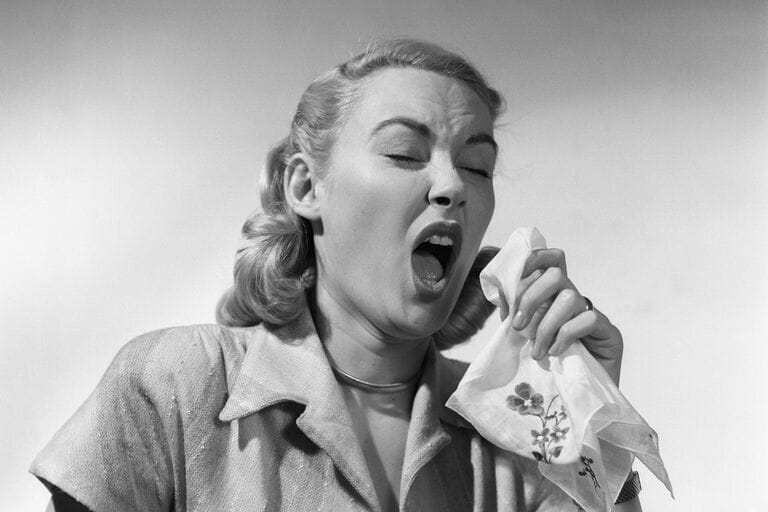
Source: Debrocke/ClassicStock/Getty Images
Why not take a trip back in time and rediscover this peculiar etiquette rule. What else was the norm in the 1960s that you may have overlooked?
The Unconventional Honeymoon: Why Victorian Women Preferred to Take a Friend Along!
Do you ever wonder why Victorian women took a friend on their honeymoon instead of just their husband? It’s true, rather than indulging in romantic moments with their beloved, Victorians chose to bring their best friend along!
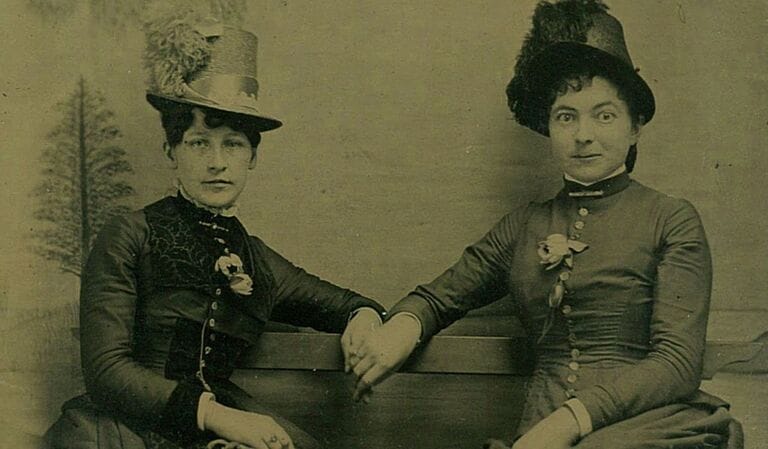
Source: Paul Hartnett/PYMCA/Universal Images Group via Getty Images
This was seen as an acceptable and even desirable practice, as it was believed to be beneficial for the marriage. The lady and her BFF would embark on a journey where they could explore the world together, build fond memories and make new discoveries.
Be Desirable to Your Male Classmates with These Tips
Do you want to make a lasting impression on your male classmates? Mademoiselle magazine had the perfect advice for college-bound women in the late 1930s. Suggestions included having their moms send them flowers anonymously so that the guys would think others had an interest in them.

Source: Dick Whittington Studio/Corbis via Getty Images
They were also encouraged to turn off their lights at night or on weekends – even if they were home – to give the impression that they were busy and in demand. If you want to turn heads and make yourself stand out, follow these simple yet effective tips!
A Victorian Guide to Being Fashionably Late: Show Up 15 Minutes Late to Every Party!
In the Victorian era, being fashionably late was the norm. Guests knew that they should arrive 15 minutes after the specified time on their party invitation, and they would wait in the drawing room until dinner was ready.
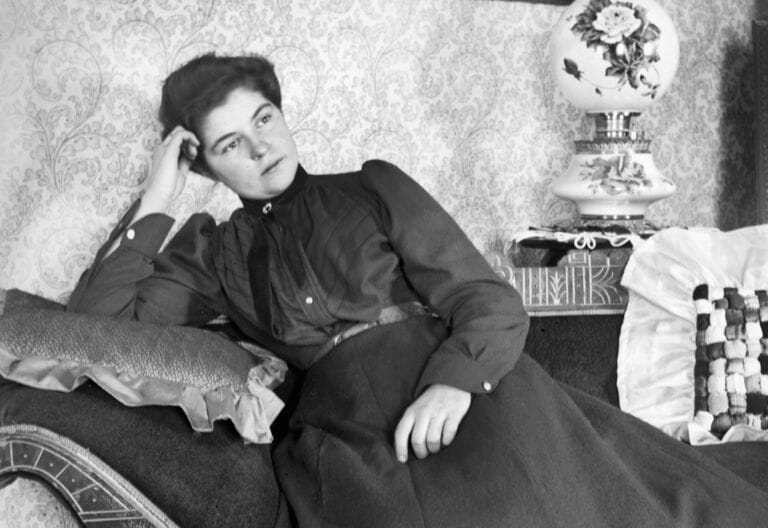
Source: Kirn Vintage Stock/Corbis via Getty Images
This practice was widely accepted, and it was seen as polite to arrive a bit late. Today, while it is still not the most polite thing to arrive too early, being fashionably late is no longer the norm. It is important to show up on time or, at most, a few minutes late.
Say Goodbye The Irish Way: A Look Back at the Unusual Etiquette of Victorian Times.
Although we may not think twice about slipping away without saying goodbye these days, in the Victorian era, such an action was considered an utmost faux pas. Those invited to a party were expected to express their gratitude to their host before departing, no matter how much they yearned for an escape.
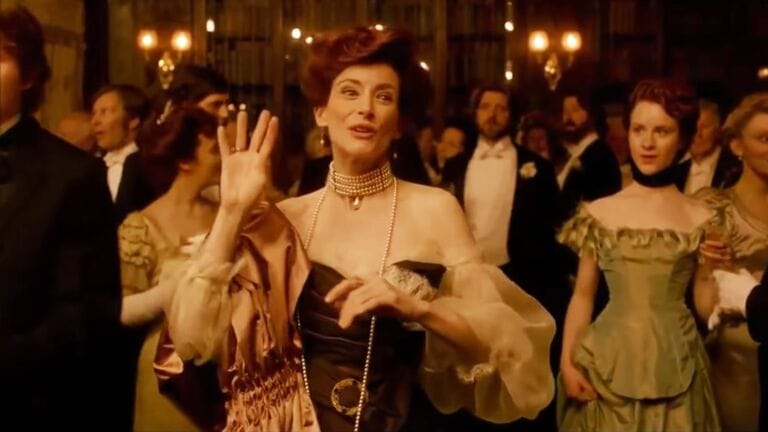
Source: Sara de las Heras Peño/YouTube
This peculiar custom is now known as the ‘Irish Goodbye’, and its origins remain a mystery even to this day.
Slow and Steady Wins the Meal: Table Manners in the 1950s and '60s
In the 1950s and ’60s, eating was all about taking your time. Diners were expected to savor every bite, with etiquette experts firmly believing that large mouthfuls were a no-no. After all, what was the rush?
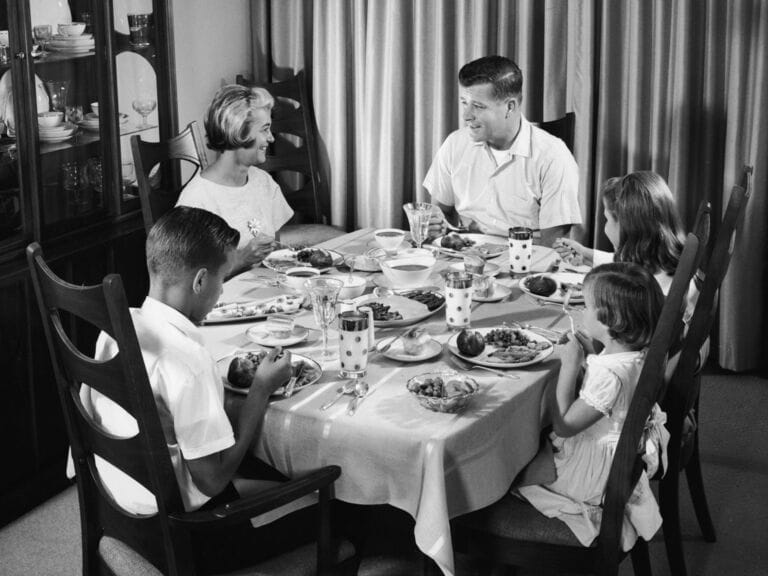
Source: Lambert/Getty Images
This slower pace of dining was not only considered polite, but also allowed people to savor the flavor of the meal. The next time you’re ready to chow down, remember to take your time, as slow and steady wins the meal!
Say Goodbye to Male Control!
In the 1950s, dining out was a whole different ball game for women. Instead of being able to choose their own meals, it was customary for male diners to order food on their behalf. Can you imagine the frustration of a picky eater?
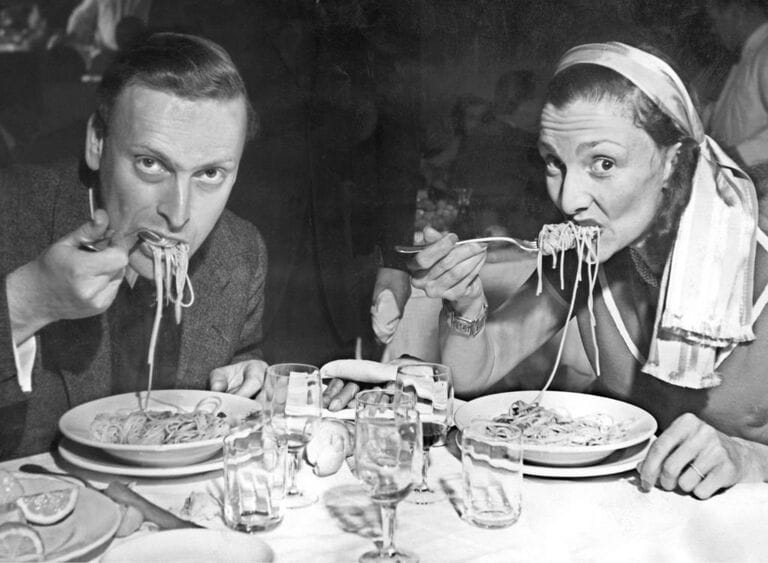
Source: AFP/Getty Images
Thankfully, times have changed and women now have the freedom to order their own meals, without a man’s approval. Say goodbye to male control and reclaim the power of choice!
Victorian Rules for Dating: No Hand-Holding Allowed!
Romance in the Victorian era had its own special set of rules. One of the quirkiest customs? Couples had to keep a strict distance between themselves when out courting. This meant that a gentleman could only extend his arm to a woman of high society if she was at risk of stepping in an unseen puddle.
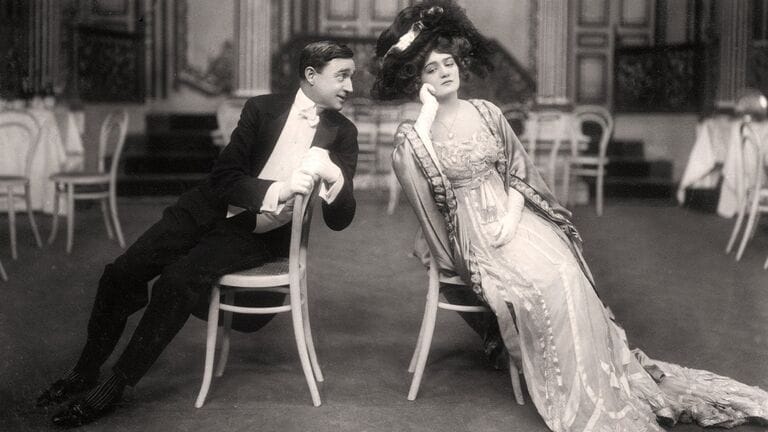
Source: The Print Collector/Print Collector/Getty Images
We can only imagine how many couples took the risk of a potentially waterlogged pathway just to share a brief moment of connection.
Coat, Keys, Phone, Wallet, and Sunglasses - Goodbye!
In days gone by, a visit from a man was always a quick affair. Victorian gentlemen visiting friends would arrive with their hats and riding whips in hand to let everyone know they were here for a short visit.
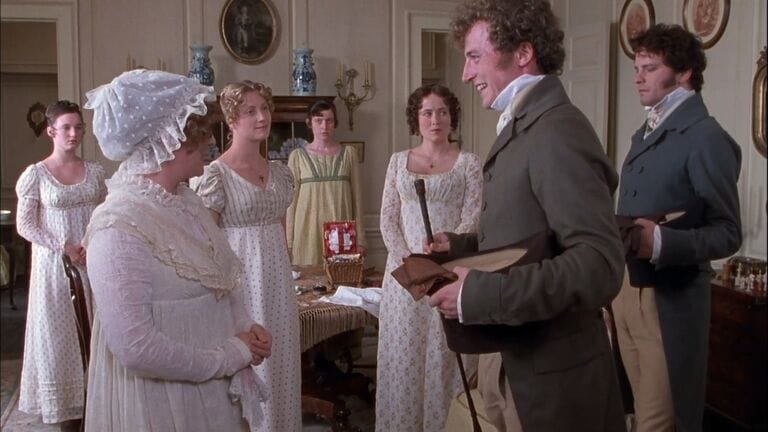
Source: basketca2/YouTube
Fast forward to now and the modern man’s visit looks a bit different. Instead of a hat and whip, he’s more likely to be clutching onto his coat, house keys, smartphone, wallet, and sunglasses. The next time you have a visitor, be sure to keep an eye out for the modern man’s accessory bundle!
The Classic Handshake Etiquette of the 1960s
The 1960s was a time of proper handshakes. Not just a friendly wave of the hand, the etiquette of the decade advised people to meet in the middle of the space between them and at elbow height. The move was meant to be quick and firm, with the intention of getting back to business as soon as possible.

Source: H. Armstrong Roberts/ClassicStock/Getty Images
The proper handshake was a sign of respect and was seen as a way to make a good impression. The next time you go to shake someone’s hand, remember that the classic handshake etiquette of the 1960s is still alive and well today.
Dancing Through Time: A Look at the Evolution of Social Gatherings
From contemporary clubs, to Victorian-era parties, social gatherings have come a long way! In today’s world, strangers can boogie the night away in a club, but in the Victorian era, things were a bit more complicated.
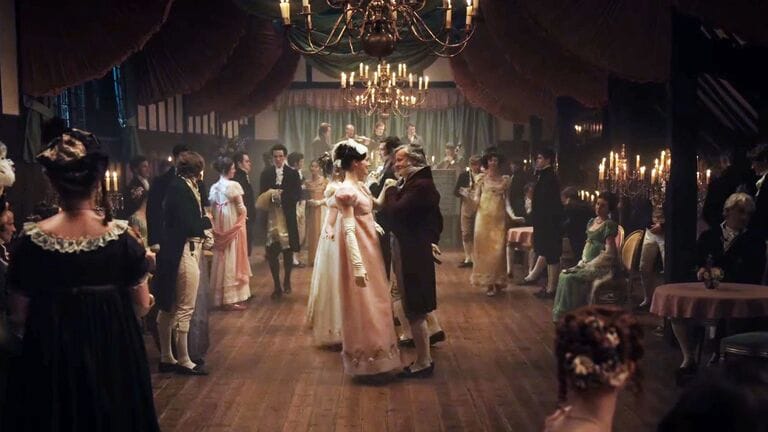
Source: Working Title Films
If a man wanted to dance with a woman, he first needed to be formally introduced and gain the approval of her family. This process of courtship and etiquette was a far cry from the free-flowing parties of today!
No Helping Hand: In 1950s Dinner Parties, Guests Couldn't Carve the Meat!
In 1950s dinner parties, the host was the only one allowed to carve and serve the meat – no helping hands from guests allowed! Even if the host had a maid to do the work, it was considered rude for guests to reach for the knife.
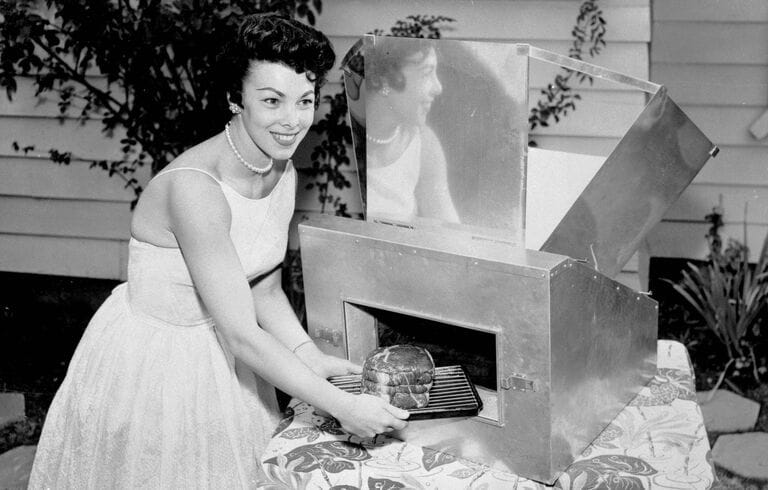
Source: Bettmann/Getty Images
It was a strict rule, and one that showed the importance of the host’s role in the occasion. If you ever find yourself at a dinner party in the 1950s, remember to leave the carving to the host!
Be Chivalrous Even in the Darkest of Rooms!
Back in the 1960s, chivalry was still alive and kicking, and one of its mandates was that men should be brave and protect the ladies in their care. If a couple ventured into a dark room, the man was required to go first.
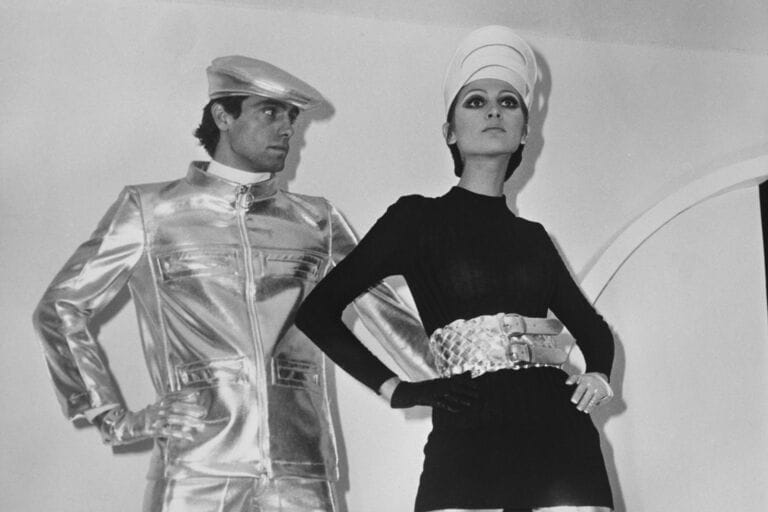
Source: Keystone/Hulton Archive/Getty Images
This is a relic from a more traditional era, but it is still an admirable trait to have in today’s world. Show your date you care by taking the first step into the darkness. Be chivalrous, even in the darkest of rooms!
Ancient Etiquette Rule Still Relevant Today!
It’s been over a thousand years since the medieval era, but the etiquette rule of walking on the left-hand side of a woman is still relevant today. This rule originated from the need to have your sword arm free in case of a fight.
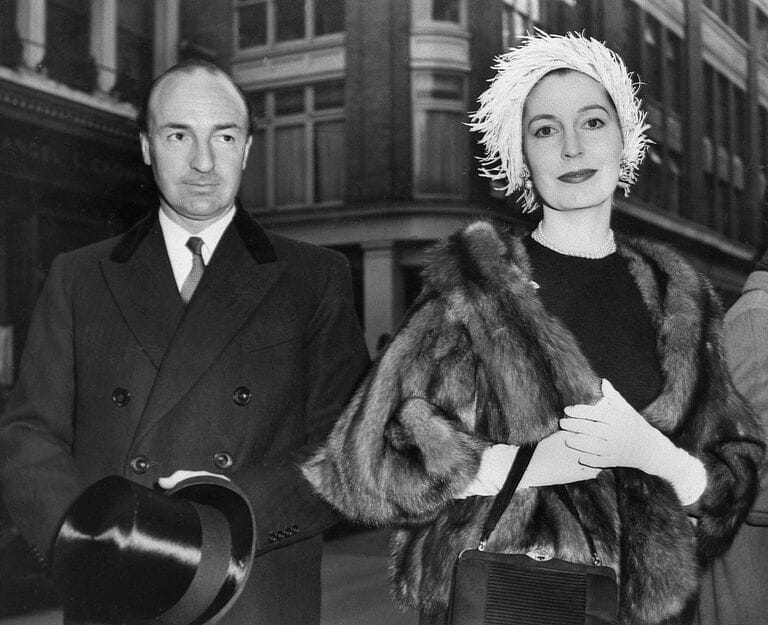
Source: AFP via Getty Images
However, it is still a sign of respect and politeness, and a nice gesture to show the lady that you care about her safety. The next time you’re escorting a woman, don’t forget to keep to the left!
Pregnant Women Traveling: A Look Back at How Far We’ve Come
Today, pregnant women can hop on a plane and explore the world with ease. Looking back in history that was not always the case. Traveling while expecting was seen as improper and off-limits!
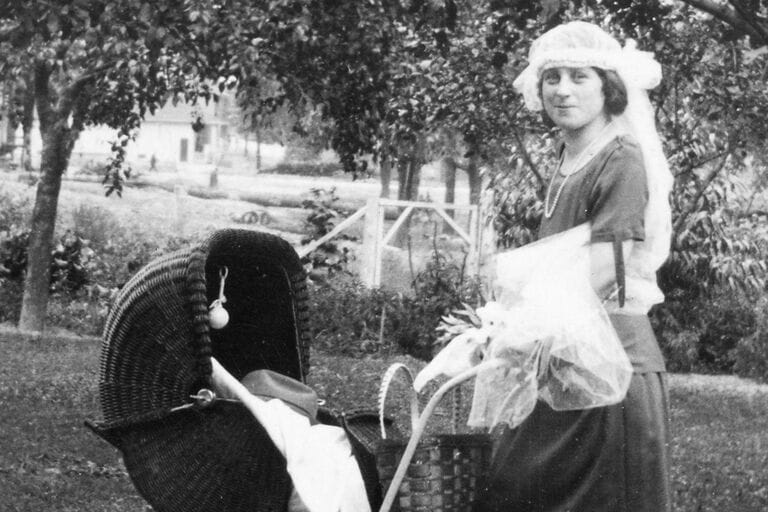
Source: Kirn Vintage Stock/Corbis via Getty Images
Thankfully, times have changed, and modern moms-to-be can now enjoy the freedom to explore far-off destinations without any judgment. Let’s take a moment to recognize how far we’ve come!
Look Your Best Around the Clock – Victorian-Era Women’s Secret
Victorian-era women had to be on their A-game at all times. They had to look their best to meet their husband’s expectations of finesse and elegance. To do so, they often kept their tresses in polished updos that they wore in public as well as in the house.

Source: Underwood Archives/Getty Images
The only place they could relax and let their hair down? In the privacy of their own bedroom. It was no easy feat to keep up such a demanding beauty routine, but it was the norm for Victorian women.
Get Ready to Sparkle: Jewelry Gifting Rules in the 21st Century
Are you a lover of jewelry, especially when it’s gifted to you? Obviously. You should feel lucky to live in the 21st century, as a Victorian woman was not allowed to accept jewelry as a gift – unless it was from a close relative or husband.
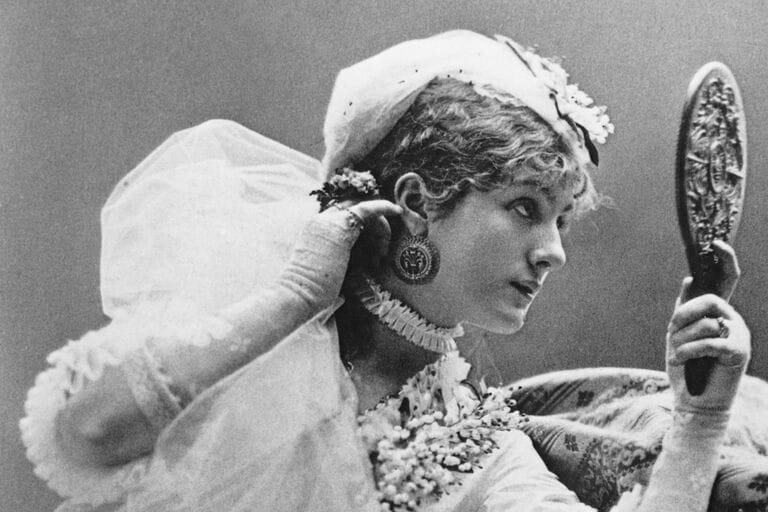
Source: FPG/Getty Images
Today, giving and receiving jewelry is perfectly acceptable and what better way to show your appreciation than with a diamond? Get ready to sparkle and take advantage of the jewelry gifting rules of the 21st century.
The Do's and Don'ts of Small Talk!
Avoiding sensitive topics such as health, is not polite small talk today, but it definitely was back in the Victorian era! Asking after someone’s feelings was strictly forbidden, and instead a polite Victorian man or woman would say something along the lines of, “I hope you are well.”
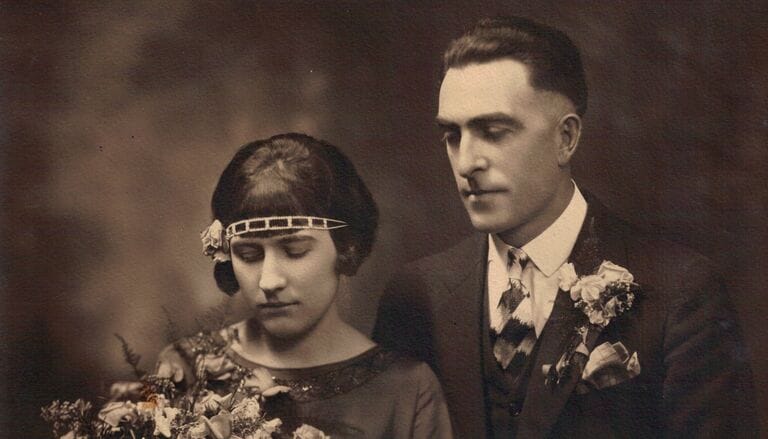
Source: Stanzman/Wikimedia Commons
Etiquette was of utmost importance to the Victorians, and if you want to learn the definite do’s and don’ts of their day, then you’ve come to the right place!
Breaking Things Without Consequence? Victorian Etiquette Rules Say Yes!
Do you ever feel like you would love to break something without consequence? Well, if you were visiting someone’s house during the Victorian era, you were in luck!
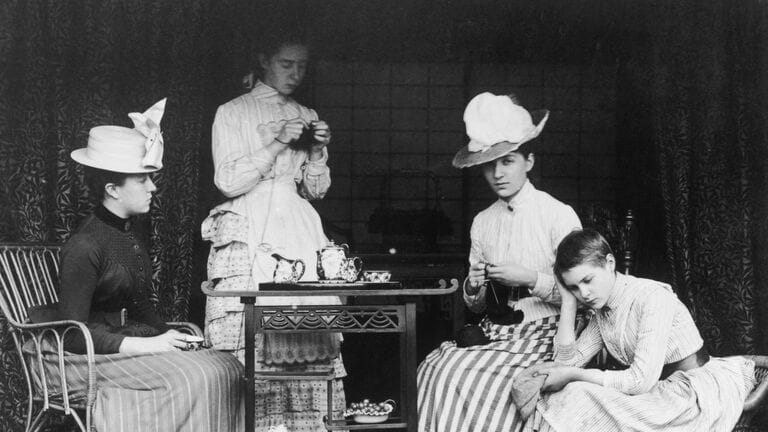
Source: Hulton Archive/Getty Images
According to the rules of etiquette, if you broke something in your host’s home, you were not supposed to acknowledge it and your host was equally out of line to point it out. It was as if the mistake never happened. Talk about a free pass to act like a wild child!
Gifts that Women Couldn't Give in Return
Women couldn’t simply go out and purchase a gift to reciprocate when given a present by a man. Instead, they were expected to be creative and find a budget-friendly solution such as making something handmade.

Source: London Stereoscopic Company/Hulton Archive/Getty Images
Furthermore, the woman was not allowed to initiate the exchange, the man had to be the one to start it. If you’re planning to give a gift to your special lady, make sure to include a little something for yourself too!
Celebrating Women Who Can Drink!
Gone are the days when a woman enjoying a drink was seen as scandalous. This is a time of celebration! Vogue’s 1948 Book of Etiquette may have described ‘holding her liquor’ as anything but a compliment, but we know better.
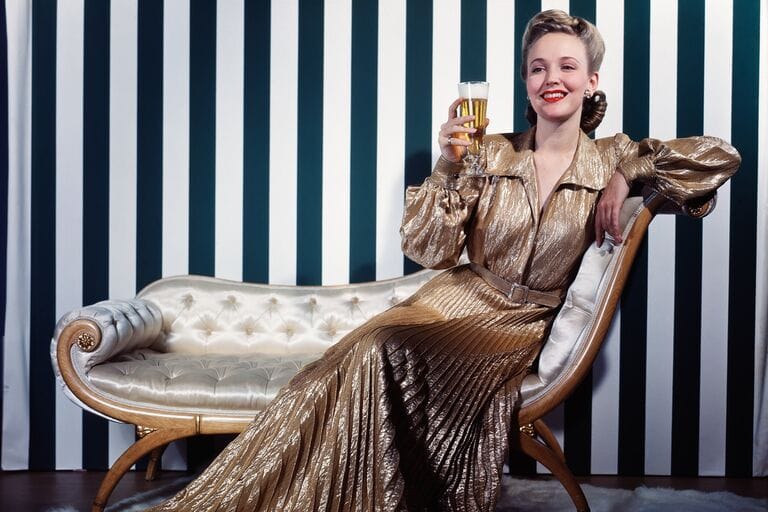
Source: Camerique/Getty Images
Women should be praised for their ability to enjoy a drink with class, not criticized. Who needs to wobble around after one glass? Let’s raise a glass to the empowered women of today who know how to enjoy a good drink without sacrificing their grace or elegance. Cheers!
A Gentleman's Guide to Cigar Etiquette
From lavish dinner parties to intimate gatherings, cigar etiquette has been a cornerstone of the Victorian-era gentleman’s code of conduct. A gentleman would never light up in front of a lady. It was considered a faux pas for a lady to attempt to strike up a conversation with a man who had already started puffing on his cigar.
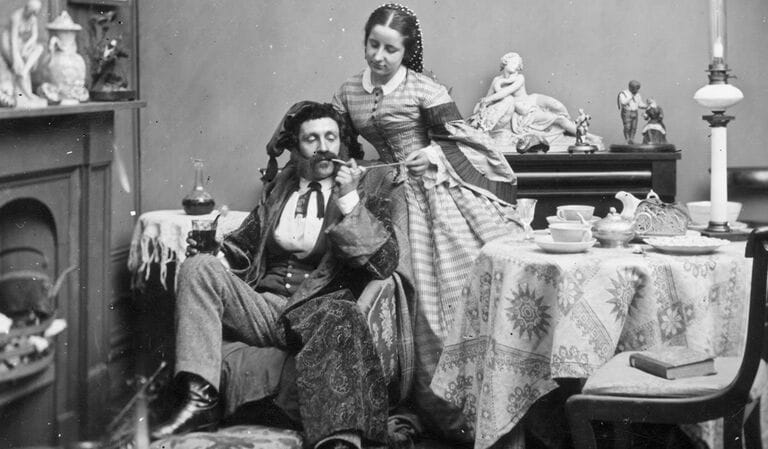
Source: London Stereoscopic Company/Getty Images
After all, if he was forced to put it out, it would be a waste of a perfectly good stogie. If you’re looking to impress your buddies with your cigar skills, follow this guide and you’ll be sure to make a great impression.
Times Have Changed - Say Goodbye to Cigarette Smoking
Back in the day, smoking cigarettes was considered the norm. Even if you weren’t a smoker, you still had them on you just in case. Men were expected to carry lighters with them and light up a cigarette for a lady when necessary. Those days are now a thing of the past. Thanks to the hard work of many dedicated individuals, smoking cigarettes is now discouraged and seen as a health hazard.
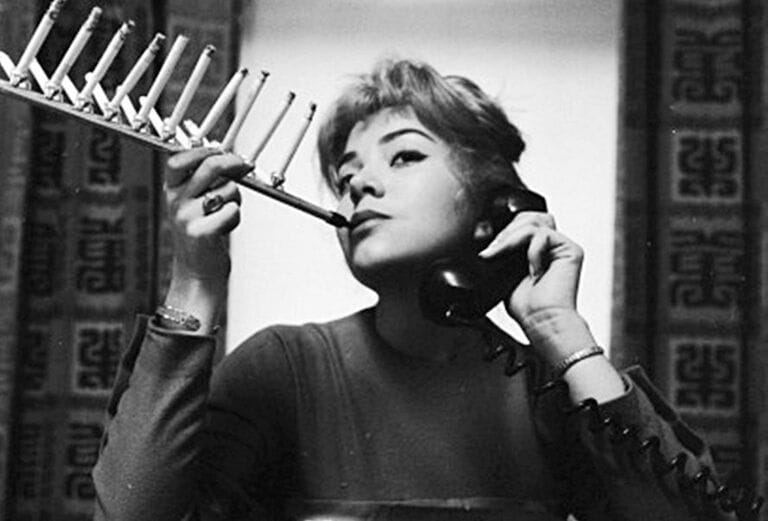
Source: London Stereoscopic Company/Getty Images
Health professionals have educated people about the risks associated with smoking and have provided support to those looking to quit. Though it may have taken sixty-ish years, cigarettes are no longer seen as socially acceptable. We can now proudly say goodbye to cigarette smoking and embrace healthier, smoke-free lifestyles.
The Forgotten Art of Hair Brushing - Rediscover the Secret to Shiny, Luscious Locks!
In the 1940s, women had a secret weapon for keeping their hair looking glossy and luscious, constant brushing. It’s said that they needed to brush their hair at least 100 times each night, until their scalp started to prickle!
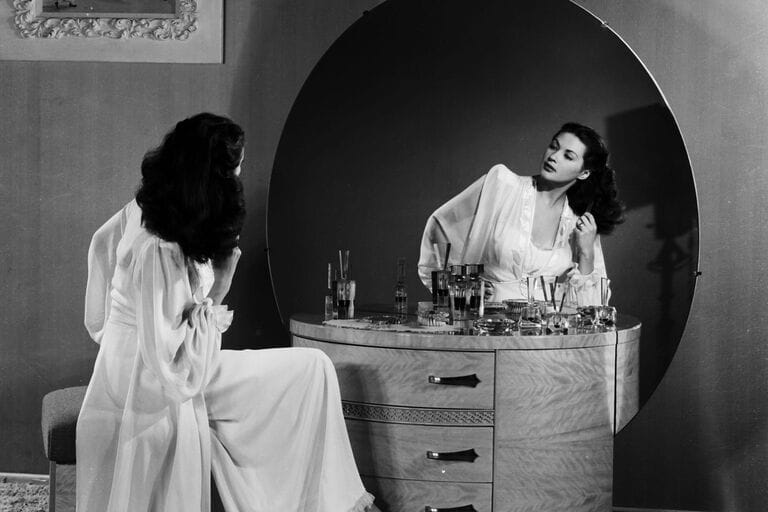
Source: John Kobal Foundation/Getty Images
While this might sound strange to us now, it was the go-to way of achieving shinier and healthier hair before the likes of dry shampoo, leave-in conditioners, and long-lasting blowouts. Why not try this old-fashioned remedy for yourself? Rediscover the secret to beautiful, healthy hair with the forgotten art of hair brushing!
Master Proper Etiquette with the "Future Perfect" Guidebook
It’s not everyday that you learn about proper etiquette, but the timeless advice from Bernice Morgan Bryant’s 1944 guidebook, “Future Perfect”, provides the perfect opportunity.
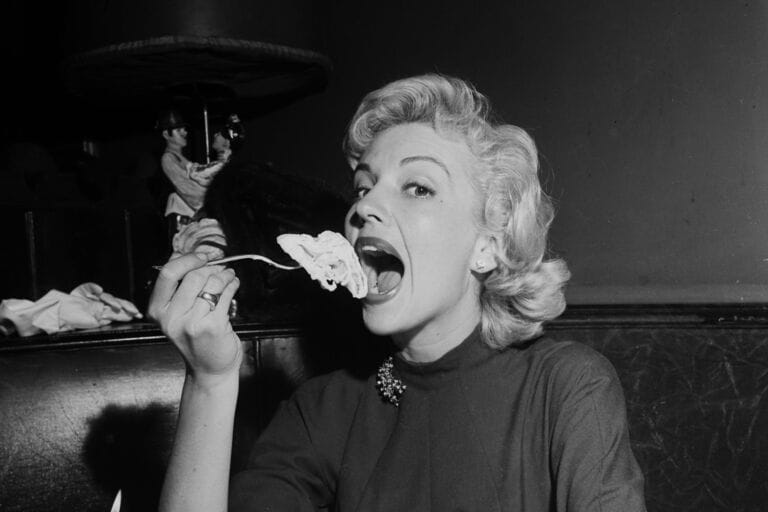
Source: Earl Leaf/Michael Ochs Archives/Getty Images
In her book, Bryant encourages you to try cutting your salad with your fork before picking up a knife. If you find it difficult, don’t worry – just calmly use the knife. With Bryant’s timeless advice, you can enjoy a meal with perfect etiquette.
The Victorian Art of 'Cutting': Is It Still Alive Today?
In 1869, Cassell’s Household Guide hit bookstores, describing the social dos and don’ts of Victorian life. One of the most frowned upon acts of the era was the “cut,” or the act of not acknowledging someone you know if you see them on the street.
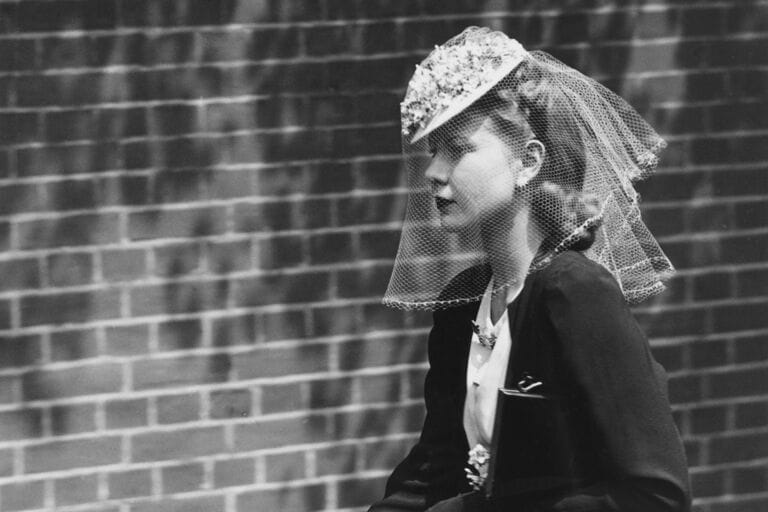
Source: J. A. Hampton/Topical Press Agency/Hulton Archive/Getty Images
Described as “the most ill-mannered act possible to commit in society” at the time, this behavior is still seen today. Whether we’re avoiding a person from our past or simply don’t have the time to stop and chat, the act of cutting is still alive in the 21st century, despite the consequences that may have been more severe in Victorian times.
A Tale of Two Shakers: A 1940s Dining Tradition
In the 1940s, diners weren’t fooling around when it came to their salt-and-pepper sets. The two shakers were a symbol of unity, often sitting side-by-side on the table. If someone asked for the salt, it was customary to pass them both the salt and pepper.
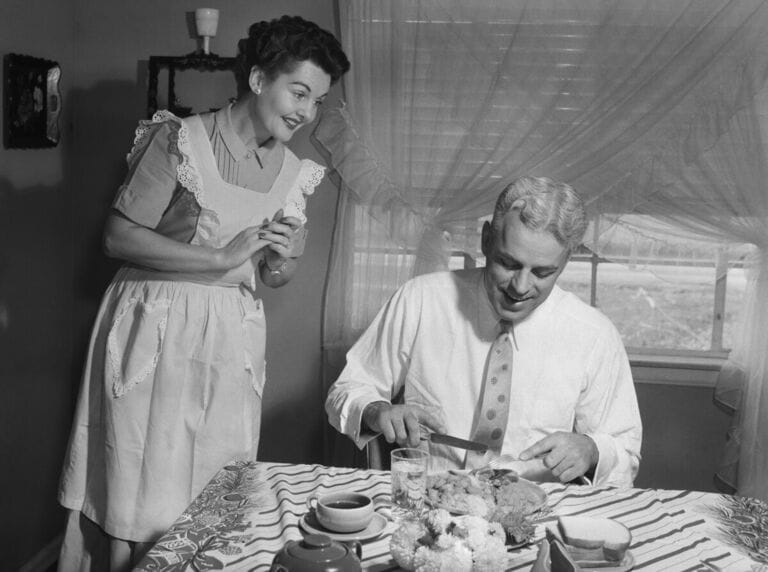
Source: Debrocke/ClassicStock/Getty Images
No one wanted to disrupt the balance of the two shakers, no matter the inconvenience. This was a tradition held sacred by many, and a fun fact that has been passed down through the generations.
Show Your Appreciation - The Surprising Custom of Belching Post-Meal
Who knew that in Taiwan and China, a post-meal belch is a huge compliment to the chef? To Victorians, however, this would have been a huge social faux pas. Reader’s Digest notes that a slip of the tongue, or even the slightest burp, could lead to social ruin.
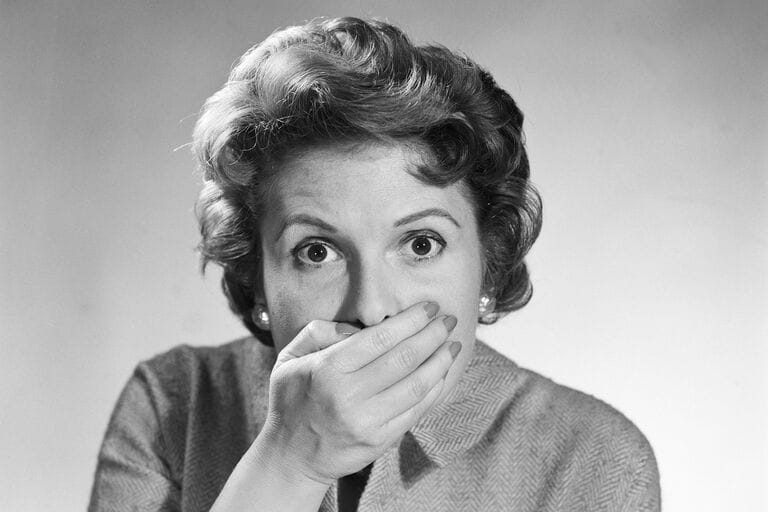
Source: Debrocke/ClassicStock/Getty Images
How times have changed! Today, it’s a sign of appreciation to the chef – a way to show that you enjoyed the meal. If you’re ever dining in Taiwan or China, don’t be afraid to let out that post-meal belch!
Smiling On The Phone - A Lost Art?
Remember the days when phones were a new and exciting invention? Etiquette expert Emily Post even suggested people smile while talking on the phone! Fast forward to today, and most of us are grumpily staring at our phones, wondering why we’re even bothering to have a conversation.

Source: Bettmann/Getty Images
Is this a lost art, or is there still a place for a bit of old-fashioned politeness? Let’s bring a smile back to our conversations and give our phones some much-needed love.
Reinvent Your Asparagus Game with These Unbelievable Rules!
Believe it or not, there are certain rules to eating asparagus that might surprise you. In the 1975 update of Post’s 1922 book Etiquette in Society, in Business, in Politics, and at Home, Emily Post mentioned that slicing the veggie was the proper way of eating it to avoid the appearance of a bent stalk of asparagus falling limply into someone’s mouth.
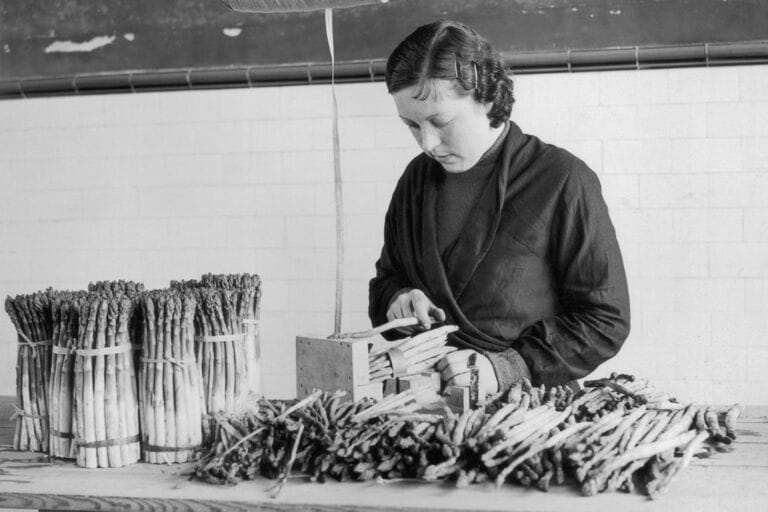
Source: Fox Photos/Hulton Archive/Getty Images
Additionally, it also prevents moisture from dripping from the end of the asparagus. So, the next time you’re enjoying some asparagus, why not try out this new way of eating it? Trust us, it’s worth a try!
Gentlemen Prefer Ankles: The 19th-Century Rule that Dictated How Women Must Greet the World
Back in the 19th-century, a unique rule dictated that women could only lift their skirts with their right hand, revealing just the right amount of ankle. This peculiar rule was created to make it easier for women to walk while wearing voluminous gowns. It was a strange but necessary fashion requirement, and it gave way to the phrase “Gentlemen prefer ankles”.
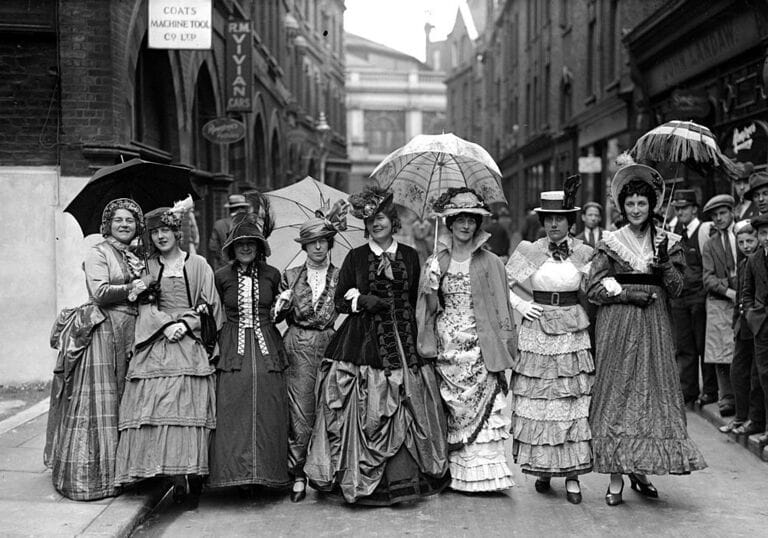
Source: Fox Photos/Getty Images
If a lady was caught using both hands to lift her skirt, it was considered a faux pas and could have serious repercussions. The next time you’re out and about, don’t forget to thank the 19th-century rule makers for the privilege of being able to walk freely and elegantly
Ditch the Dead Fish: Uncovering 1950s Advice for Women
In the 1950s, women had to worry about more than just which dress to wear. They were expected to abide by a plethora of instructions on how to stand, sit, and even how to hold their arms! Yes, you read that right. It was seen as undesirable for women to stand with their arms dangling parallel to their body, a pose that we now refer to as “dead fish hands.”
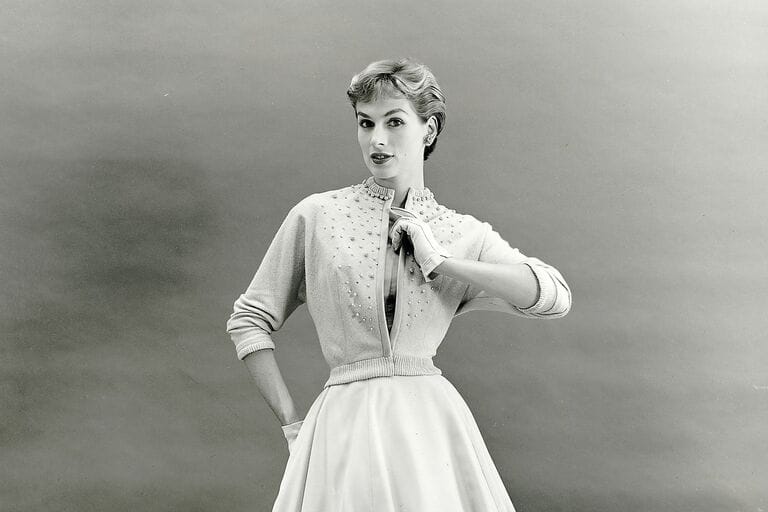
Source: Bettmann/Getty Images
The idea was that it did little to accentuate a woman’s curves. Thankfully, times have changed, women can now stand however they choose without fear of judgment. Ditch the dead fish and stand tall!
Toast to the 21st Century: Let's Drink All the Champagne!
It’s hard to believe, but in the Victorian Era, a woman was only allowed to have one glass of champagne. Anything more was considered improper and frowned upon by society.

Source: Napoleon Sarony/Library of Congress/Corbis/VCG via Getty Images
In the 21st Century, we are liberated and free to sip as much bubbly as our hearts desire! So, let’s raise a glass and toast to our modern freedoms. Here’s to making every moment sparkle with a glass of champagne! Cheers!
